The Anglo Saxons used to call the Daisy the daeges eage which means the 'Day's-eye', as the flower opens when the sun rises and closes when the sun sets. Over time the 'Day's-eye' became Daisy.
The word 'Daisy' itself was already used by the famous Middle English poet Geoffrey Chaucer (1343-1400) in "Prologue of the Legend of Good Women" written in 1386:
"Of all the floures in the mede,
Than love I most these floures white and rede, Soch that men callen Daisies in our toun. That well by reason men it call may The daisie, or els the eye of the day, The emprise, and floure of floures all."
The scientific name for Daisy is Bellis. Some think this is from Bellus the Latin word for cute or charming. But others think that the daisy is named after the water nymph Belides.
When Vertumnus, shapeshifter and Roman god of orchards and seasons, saw Belides and her 49 sisters dancing in a meadow, he fell head over heels in love.
Unfortunately for Vertumnus, Belidus wasn't keen and tried everything to avoid him. But he kept pestering her. Belides, fed up and worried about confronting a mighty god, decided the best way to escape his attentions was to hide. Being an expert shapeshifter herself, she ran to a field full of yellow and white flowers, where she turned herself into a daisy.
No need to feel sad for Vertumnus, the fickle god soon lost interest and fell in love with the goddess of Abundance, Pomona, whom he eventually married, after a lot of shapeshifting trickery! But that's a story for another day.
Perennis stems from the latin word perennis, which means everlasting, because thanks to the long root, the plant flowers all year through.
Daisy Fact file
Since the 14th century an ointment made of Daisies had been much used for wounds, gout, fevers and bruises. In his Herbal John Gerard, the famous 16th century Botanist and Herbalist therefore calls the Daisy 'Bruisewort'. He wrote that it was a great remedy "in all kinds of pains and aches" and for "alle the inwarde parts"
Dr John Hill (1716-1775), composer, actor and botanist, recommended an infusion of daisy leaves against "hectic fevers" in his book of 26 volumes "The Vegetable System" which took him 6 years to write and illustrate.
Daisy flower buds are edible and taste a bit peppery, the leaves taste slightly lemony and can be used in salads.
The name Daisy was first recorded in the 14th Century. Other names for Daisy are: Bruisewort and (Welsh) Llygad y Dydd (Eye of the Day) and Bairnwort (Scotland), referring to the fun children have in playing with daisies (daisy chain making).
This newsletter is NOT a field guide for flower identification. It’s often difficult to tell the difference between harmless plants and poisonous plants and some flowers are rare and protected by law, so, NEVER pick or use any plants or flowers if you’re not sure about them.
illustrations ©Chantal Bourgonje


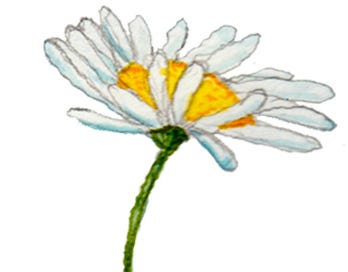



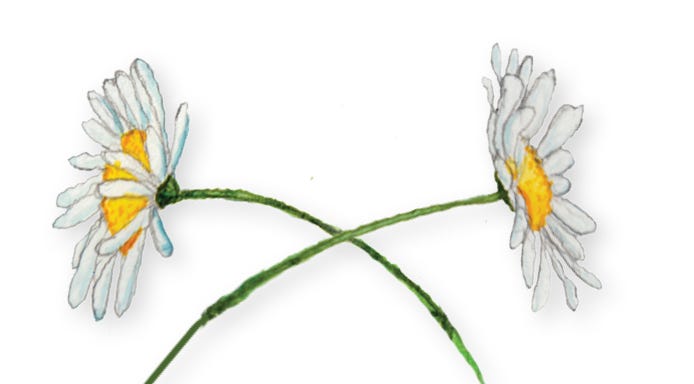
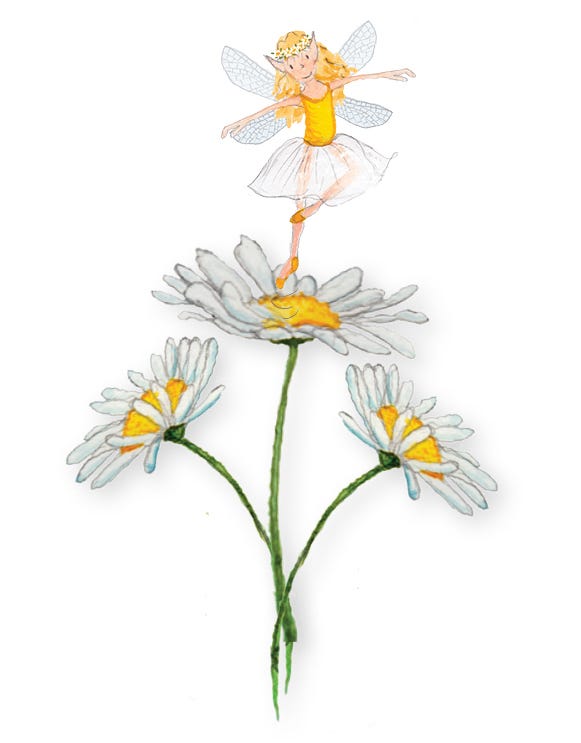

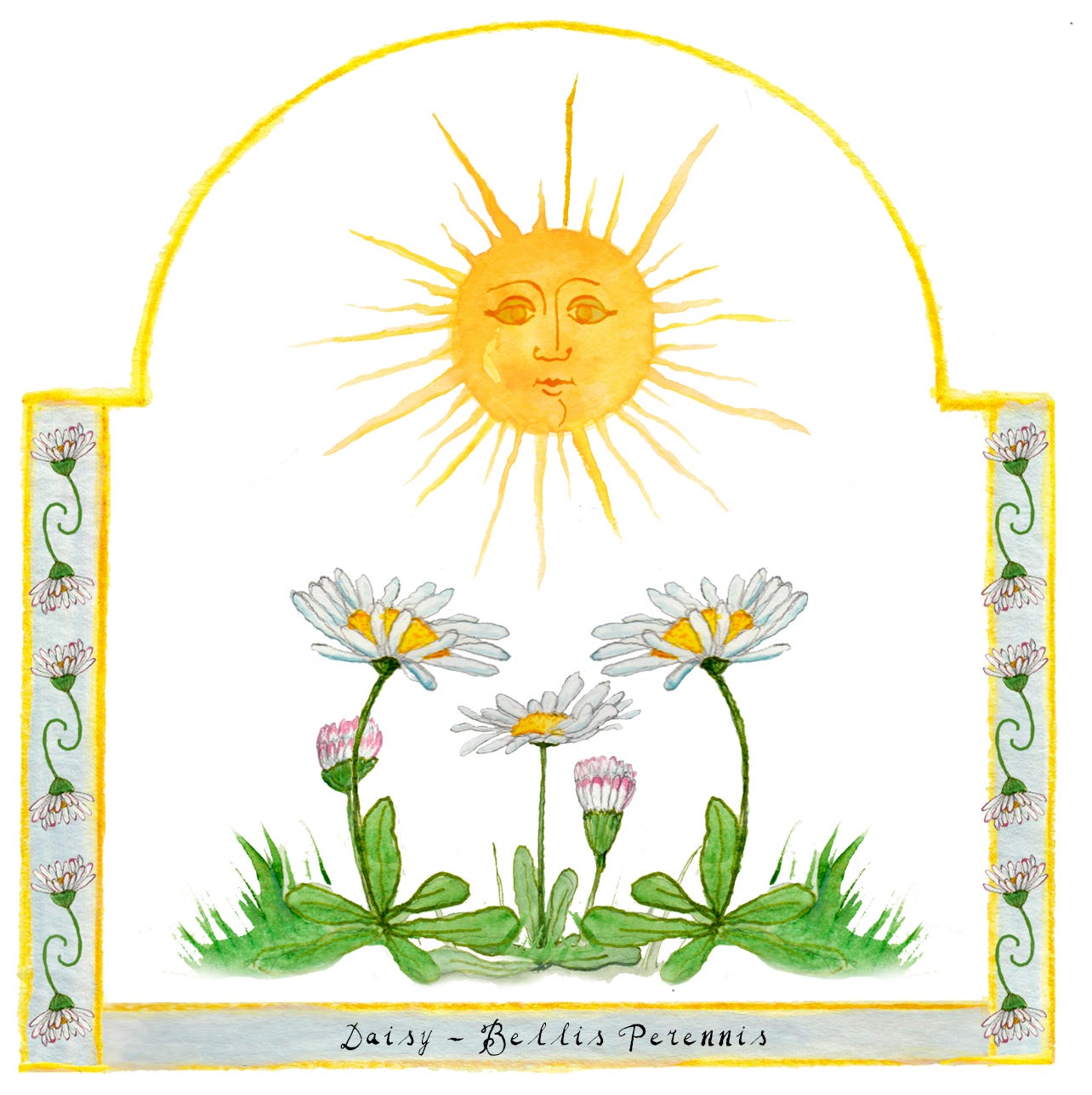

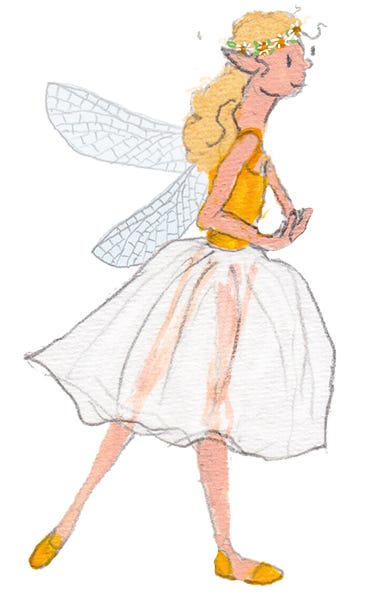

Madeliefjes! Daar word ik altijd blij van. Hier in het park groeien er heel veel, ik zal er eens een foto van maken.
My favourite flower! So great to learn more about it. 💚